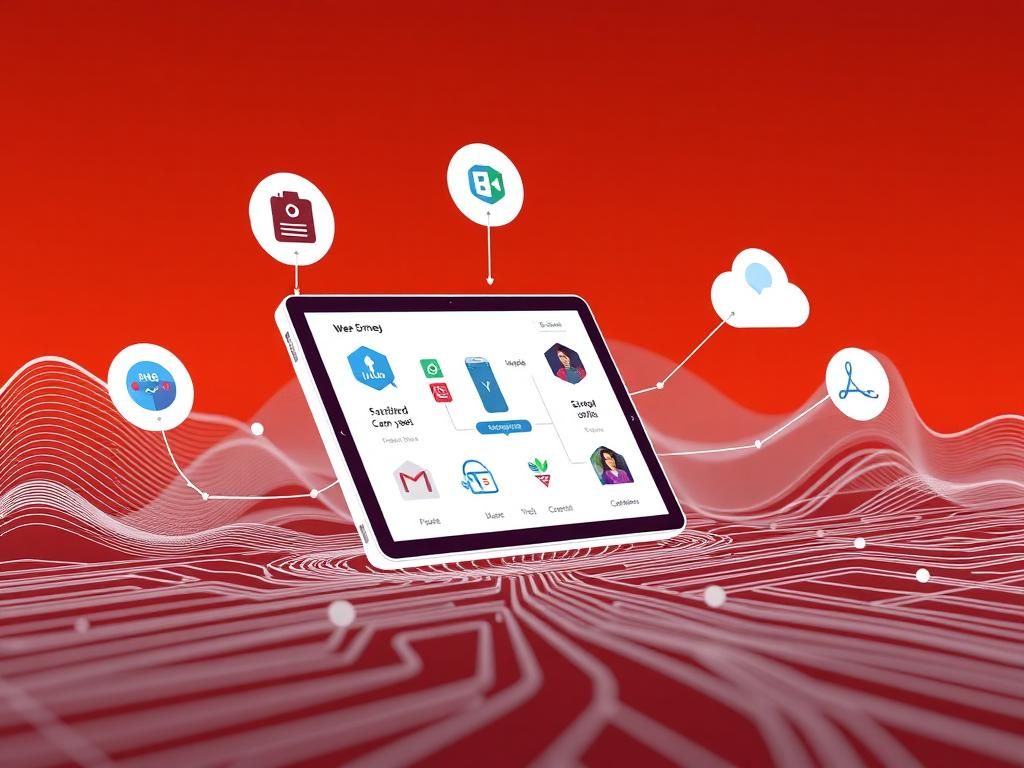As machine learning (ML) continues to evolve, the demand for efficient and reliable edge device platforms has skyrocketed. These platforms enable the deployment of ML models closer to the data source, enhancing performance and reducing latency. In this article, we will explore several leading edge device platforms for ML, examining their strengths, weaknesses, and ideal use cases.
Understanding Edge Computing
Edge computing refers to the practice of processing data near the source rather than relying on a centralized data center. This paradigm shift is particularly important in applications requiring real-time decision-making, such as autonomous vehicles, industrial automation, and smart cities.
Benefits of Edge Computing
- Reduced Latency: Proximity to data sources allows for quicker data processing and response times.
- Bandwidth Efficiency: Reduces the amount of data that must be transmitted to and from the cloud, conserving bandwidth.
- Enhanced Security: Data can be processed locally, minimizing exposure to potential breaches during transmission.
- Reliability: Even with intermittent connectivity, edge devices can continue to operate independently.
Top Edge Device Platforms for Machine Learning
1. NVIDIA Jetson
NVIDIA Jetson is a popular platform for developing AI applications at the edge. It offers high-performance computing capabilities, making it suitable for tasks such as image recognition and natural language processing.
Key Features:
- Powerful GPU acceleration for real-time inference.
- Supports multiple ML frameworks, including TensorFlow and PyTorch.
- Extensive community support and resources for developers.
Use Cases:
- Autonomous robotics.
- Smart surveillance systems.
- Healthcare imaging analysis.
2. Google Coral
Google Coral is designed for building edge AI applications, featuring a dedicated Tensor Processing Unit (TPU) to accelerate inferencing tasks. Its ease of use and integration with Google Cloud services make it a compelling choice.
Key Features:
- Built-in TPU for efficient ML model inference.
- Supports Edge TPU and TensorFlow Lite.
- Compact form factor, ideal for embedded applications.
Use Cases:
- IoT devices for smart homes.
- Environmental monitoring systems.
- Real-time video analysis.
3. Raspberry Pi
The Raspberry Pi, while not exclusively an ML platform, is an affordable and flexible option for hobbyists and developers looking to experiment with AI at the edge. It supports various ML libraries and can be integrated with other hardware modules.
Key Features:
- Low-cost access to computing power.
- Flexible GPIO pins for hardware integration.
- Active community and extensive documentation.
Use Cases:
- DIY AI projects.
- Home automation systems.
- Educational tools for learning programming and ML.
4. Intel Movidius Neural Compute Stick
This USB stick facilitates the deployment of deep learning applications on various devices by providing an easy way to run neural networks locally.
Key Features:
- Supports various neural network frameworks.
- Compact and portable design.
- Low power consumption.
Use Cases:
- Wearable tech for health monitoring.
- Enhanced user interfaces for consumer electronics.
- Edge analytics for manufacturing.
Comparative Analysis of Edge Platforms
| Platform | Performance | Cost | Ease of Use | Ideal For |
|---|---|---|---|---|
| NVIDIA Jetson | High | High | Moderate | Advanced AI applications |
| Google Coral | Moderate | Low/Moderate | Easy | IoT and embedded systems |
| Raspberry Pi | Low/Moderate | Very Low | Easy | Hobby projects and education |
| Intel Movidius Neural Compute Stick | Moderate | Moderate | Easy | Portable deep learning applications |
Future Trends in Edge Computing for ML
The future of edge computing is expected to witness several trends that will significantly impact the deployment of ML models:
1. Increased AI Model Complexity
As ML techniques become more advanced, edge devices will need to support more complex models without sacrificing performance.
2. Edge-to-Cloud Collaboration
Enhancements in interoperability between edge devices and cloud services will enable better data synchronization and processing capabilities.
3. Enhanced Security Protocols
With the rise in cyber threats, security measures will become more robust, ensuring the integrity and confidentiality of data processed at the edge.
Conclusion
Choosing the right edge device platform for machine learning depends on the specific requirements of your application, including performance needs, cost constraints, and ease of deployment. The platforms discussed in this article, such as NVIDIA Jetson, Google Coral, Raspberry Pi, and Intel Movidius, each have unique strengths that cater to different use cases. As edge computing technologies advance, it is essential for developers and organizations to stay informed and adapt their strategies accordingly to leverage the full potential of ML at the edge.
FAQ
What are edge devices in machine learning?
Edge devices are hardware components that perform data processing and analysis at the edge of the network, closer to the source of data, rather than relying on a centralized cloud server.
Why are edge device platforms important for ML models?
Edge device platforms are crucial for ML models as they enable real-time data processing, reduce latency, enhance privacy, and lower bandwidth costs by minimizing the amount of data sent to the cloud.
What are some popular edge device platforms for deploying ML models?
Some popular edge device platforms for deploying ML models include NVIDIA Jetson, Google Coral, AWS IoT Greengrass, Microsoft Azure IoT Edge, and Raspberry Pi.
How do I choose the right edge device platform for my ML application?
Choosing the right edge device platform depends on factors like processing power, compatibility with ML frameworks, energy consumption, cost, and the specific use case requirements.
Can I run deep learning models on edge devices?
Yes, many edge devices are capable of running deep learning models, especially those equipped with specialized hardware like GPUs or TPUs designed for high-performance computation.
What are the challenges of deploying ML models on edge devices?
Challenges of deploying ML models on edge devices include limited computational resources, power constraints, model optimization for performance, and ensuring robust security measures.




